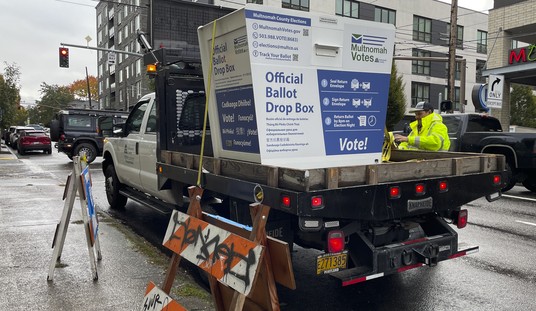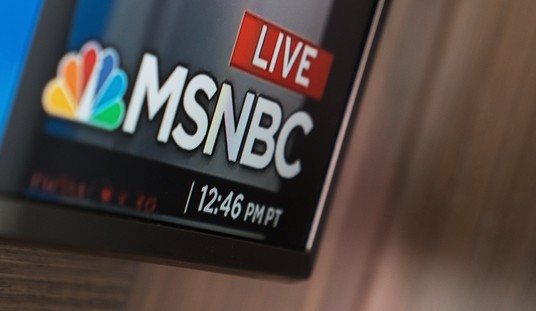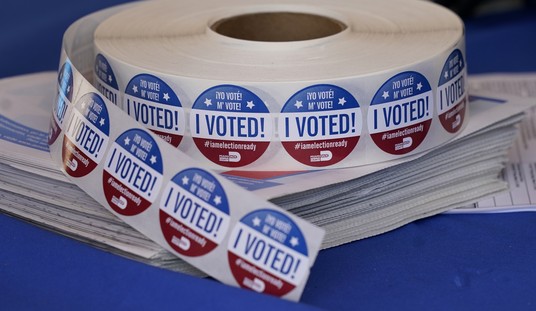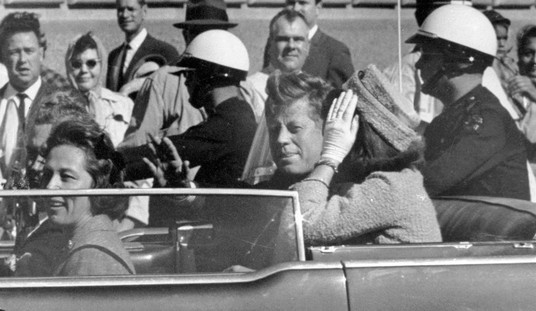Last month, the Iranian Majles, or parliament, voted overwhelmingly to teach the protesters a “hard lesson.” The lawmakers compared the demonstrators to ISIS terrorists. There are now 14,000 protesters filling Iranian jails but despite the bloodcurdling rhetoric from the lawmakers, few expect the government to engage in mass executions.
But nothing should be considered off the table. If there’s one thing we’ve seen from the Iranian government in the last decade of unrest, it’s that they will use every tool at their disposal to crush dissent. For this job, they have more than enough manpower at their disposal — not only the police but the Revolutionary Guards and “special police” units, who have been known to ride into crowds of protesters on motorcycles, swinging long-bladed knives. They are available for the “wet work” demanded by the regime and have yet to make an appearance in any great numbers.
Related: Iranian Soccer Team Stays Silent During National Anthem
Make no mistake, the crackdown has been brutal. At least 340 people have died in the demonstrations, many of them shot to death. But protests continue in about 230 cities, and that’s why Iranian observers and protesters both believed the regime is readying a massive crackdown.
Roxane Farmanfarmaia is a Cambridge scholar who is intimately familiar with the situation on the ground in Iran. She writes in the Grid:
Why hasn’t the crackdown been harsher?
One answer probably involves the fact that women and schoolgirls are at the forefront of so many of the demonstrations. For that reason alone, the regime may have made a calculation that the most brutal option was more difficult this time around. Initially at least, the police did not use assault rifles, although more recently videos on social media have shown them using shotguns to fire directly into the crowds.
But the authorities are using other, bloodless tactics to crack down on demonstrators.
Increasingly, Iranian police are using high-tech surveillance to get around the problem. According to parliamentarian Mousa Ghazanfarabadi, Chinese companies have installed millions of cameras capable of facial recognition in more than 20 Iranian cities across Iran. The cameras link to biometric data on identity cards that all Iranians must carry, making it easy for the authorities to find and arrest protesters without confronting them in the streets.
It would appear that the government is looking to take the leadership of the protests off the streets, leading to the demonstrations petering out. In this, the government may have a powerful ally: Mother Nature.
The Iranian winter is beginning to settle in and most of the country will be blanketed by snow and ice. And the protests are suffering from the same thing other big demonstrations in Iran have failed to deal with in the past: a lack of centralized authority to give direction to the protesters. We saw what happened when the “Arab Spring” came to the Middle East. In some instances, they succeeded in overthrowing the government only to see it replaced with an even more repressive regime.
In Iran, the lack of organization has so far been an advantage. It’s kept the authorities from snuffing out the protests just by arresting thousands of demonstrators. Eventually, if the protesters want to achieve anything, there is going to have to be a centralized power structure to give the protests direction and more importantly, goals.
The civil war scenario is perhaps the least likely outcome of the protests. The reason is simple: no guns. There has been some smuggling of arms into Kurdish Iran and in the southeast where Baluchistan separatists are active but not on the scale that would cause Khamenei and his Revolutionary Guards any worries.
One way or another, the protests will die down — at least, until the next incident enrages Iranians and they pour into the streets again, looking to gain a little more freedom from the old men in Tehran.










